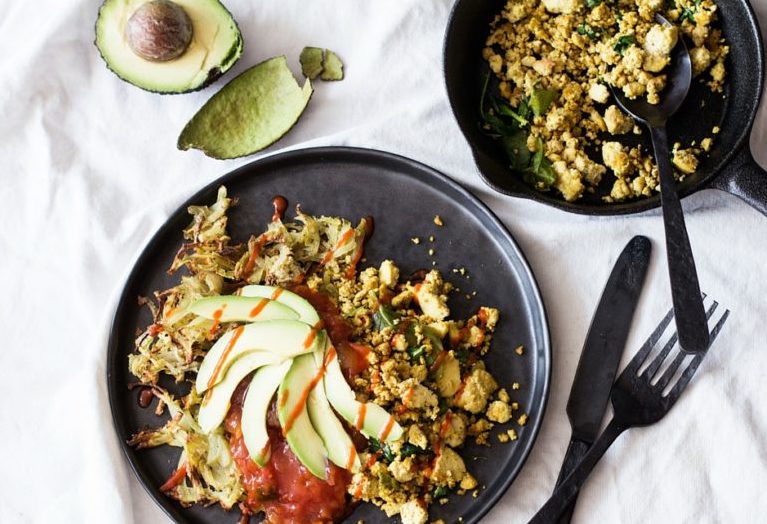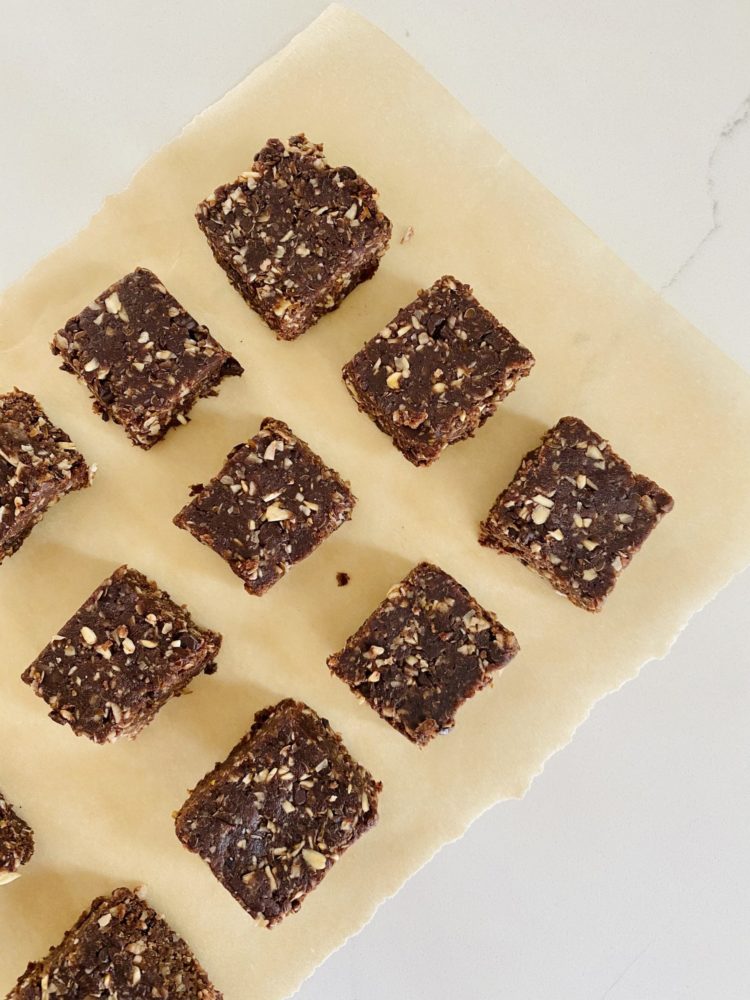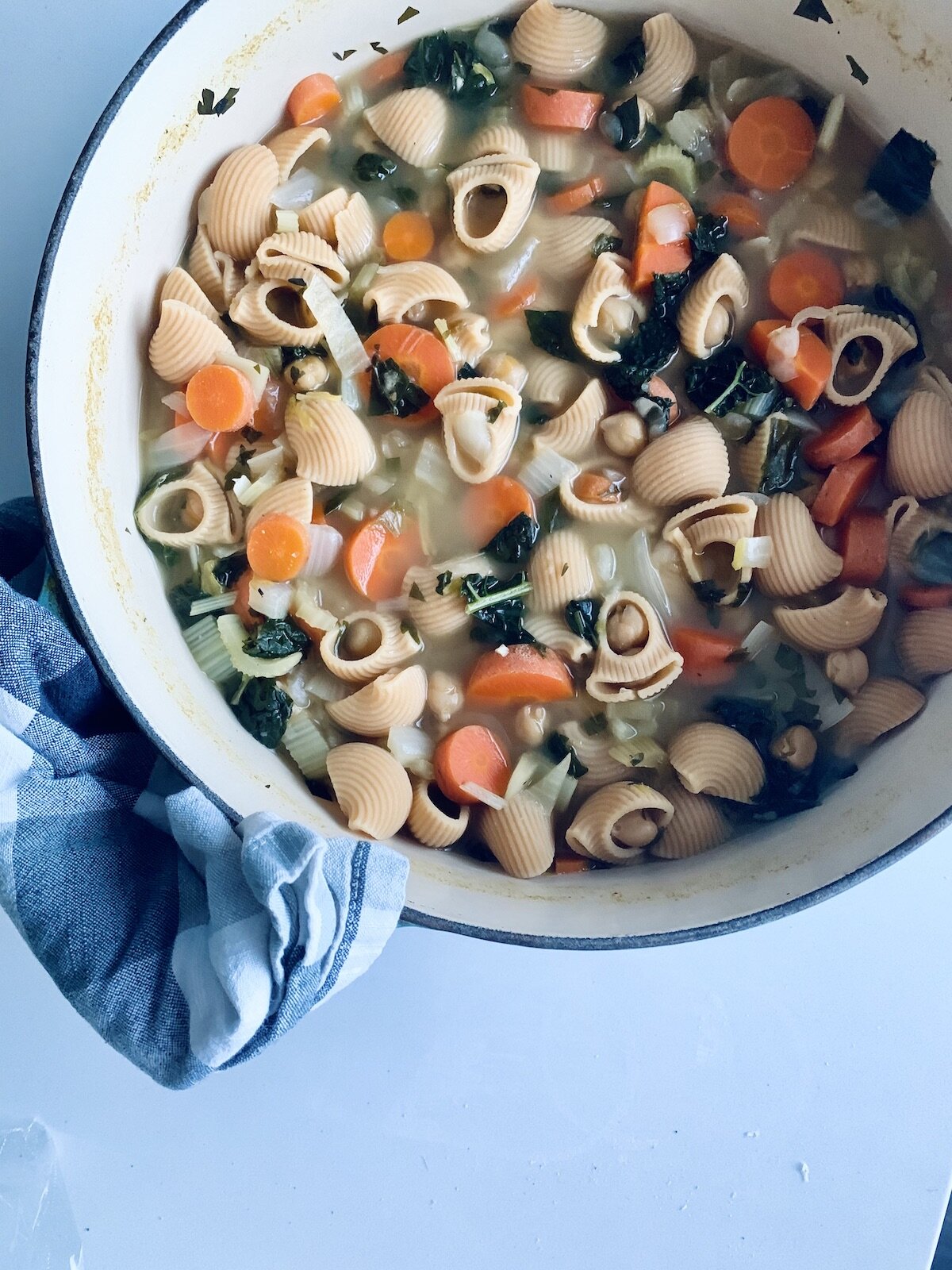When it comes to salt, you’ve probably heard extreme opinions – some say any amount is too much, while others tell you to add a pinch to water bottle everyday. Today we’re digging in to the truth: how much sodium is too much and how to get the right amount to be healthy.
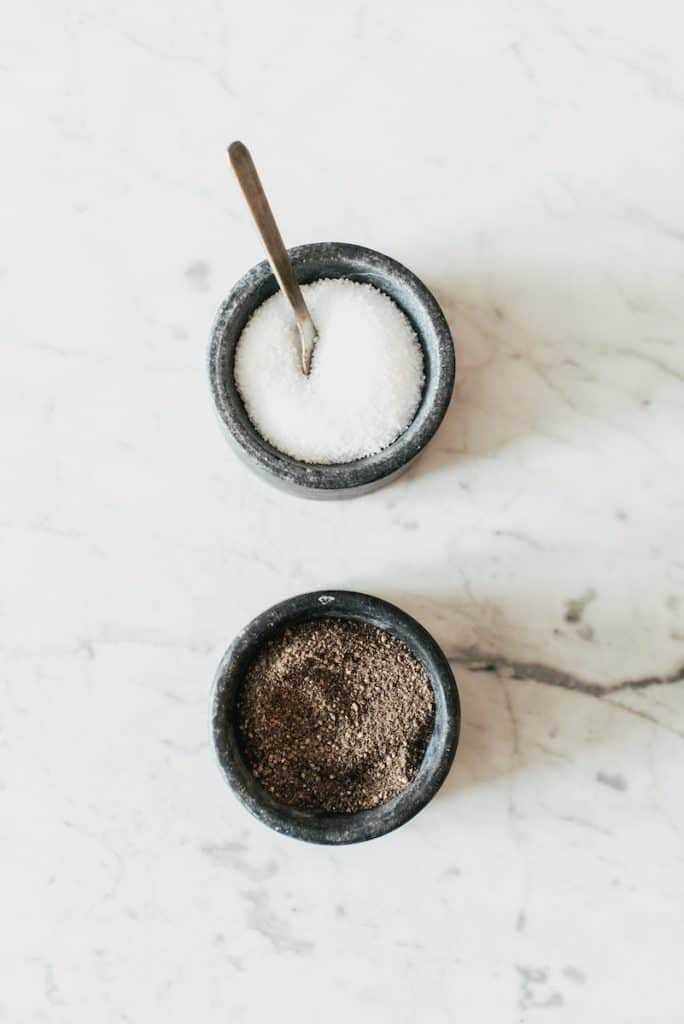
Why is Sodium Important?
Sodium is a mineral and an electrolyte that is naturally-occurring in trace amounts in many foods. However, the majority in the average diet comes from sodium added to packaged, processed foods and restaurant foods. Eating excessive amounts has been shown to contribute to high blood pressure and poor bone health.
Sodium Sources in the Diet
Many women worry about how much salt they use at home, but this makes up only a small portion in the diet. Take a look at the pie chart below which shows a breakdown of where sodium is coming from in most peoples’ daily diets.
71% – Packaged and restaurant food
14% – Naturally-occurring in foods
6% – Added during home cooking
5% – Added at the table
4% – Other sources (supplements, tap water, etc.)
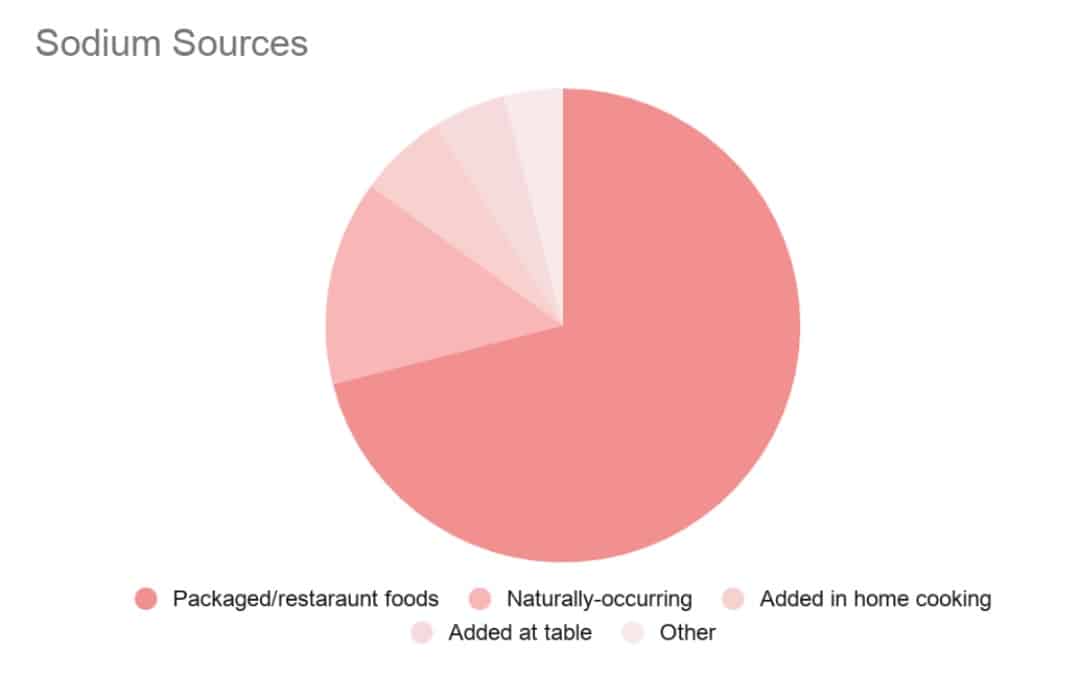
How Much Sodium is Too Much?
We do need a small amount of sodium (about 500mg) for health, but most women are getting much more than this. That’s why recommendations tend to focus on limiting vs. increasing how much we eat.
Aim to keep your intake below 2,300mg. Below 1500mg may be even better, especially if you are at risk for high blood pressure or heart disease.
Because most sodium comes from packaged and processed foods and only about 11% comes from home salt use, I usually recommend people use 1/4-1/2 tsp. of iodized salt (equal to 580-1160mg) each day in cooking and seasoning to meet iodine needs.
Tips For Getting The Right Amount
- Buy low-sodium or “no salt added” versions of canned foods (tomatoes, beans, soups, etc.).
- Rinse canned beans well with water to remove some of the added salt.
- Stick to small amounts of condiments like ketchup, mustard, hot sauce, barbecue sauce, and soy sauce.
- Experiment with salt-free methods of seasoning foods when cooking. Try salt-free dried herb/spice blends; fresh herbs like cilantro, parsley, rosemary, sage, and thyme; a squeeze of citrus juice; and vinegars.
- When buying packaged foods like frozen meals, one handy trick is to check the nutrition facts panel and choose products with sodium content that is equal to or less than the calorie content per serving. For example, if a frozen meal is 500 calories, then the sodium should ideally be 500mg or less.
BTW, you might also like How To Adapt Your Tastebuds To Enjoy Healthy Foods and Are There Foods You Shouldn’t Eat?
